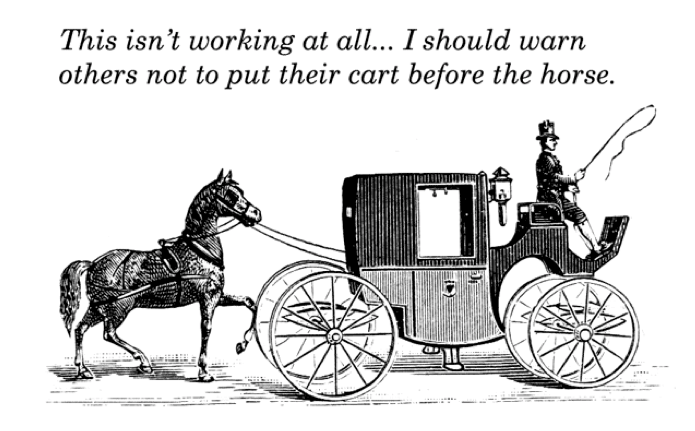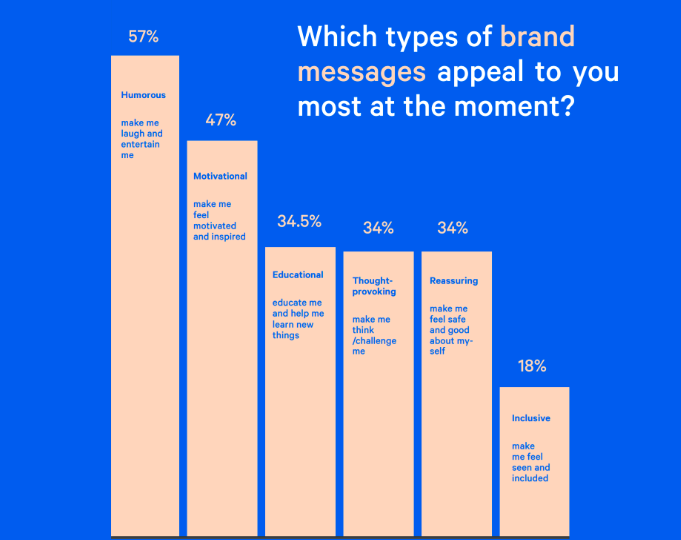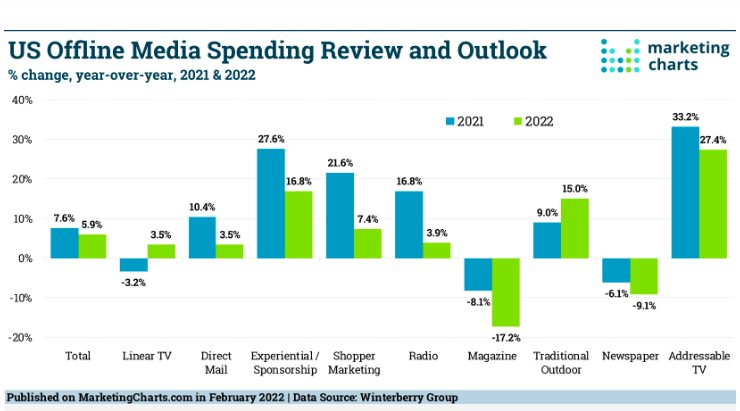Media buying is a crucial component of the advertising process. It entails running ads on multiple channels to achieve maximum reach with your target audience for the minimum cost. Media buying involves securing radio, TV, billboards, and print placements. But it’s not limited to traditional media since it also includes digital platforms like websites, apps, streaming services, and social media. Specialists exist in the intricate world of media buying, and their primary responsibility is to reach the lowest cost per action by putting context on the ad. A simple explanation would be Starbucks buying a spot for a magazine next to an article about coffee’s health benefits.
Now, imagine if you leave it up to the magazine’s marketing team to randomly stick your advert on any of the pages: which do you think will have more impact on the readers’ minds? That is only one aspect of media buying that businesses often overlook. As a result, their campaign will likely fail because they did not thoroughly think it out.
Below are some of the top newbie mistakes when launching a media buying campaign:
Putting the cart before the horse
Technically, you can make a milkshake out of horse dung, but it still tastes like manure. Of course, the original aphorism is much more graphic than that. But you get the idea. You must first know your brand to avoid muddying the message and confusing your audience. Ultimately, your brand connects you to your target market and differentiates you from your competitors.
So, before even thinking of launching your media buying spree, you must first shape the message you will relay. After all, you don’t want your media buying campaign to backfire if you send out the wrong message.

Not knowing what your audience wants
Data mining to develop customer insights is the fundamental component of marketing. After all, you can’t sell ice to an Eskimo. You must know your target audience’s likes or dislikes and how or where they consume content. You also must determine the approximate moment they turn on the TV or log on to their social media accounts. Ideally, you will be there waiting, and your ad is the first thing they see.
The business can utilize several tools to develop customer insights. These methods include:
- Develop buyer persona
- Conduct customer surveys
- Keep an eye on feedback and comments
- Monitor what your competitors are doing
- Perform cold calls
- Schedule focus group discussions
With these nuggets of knowledge in hand, you and the web advertising agency can design an ad that resonates with your prospects and translates well in terms of ROI.

Relying on the shotgun approach
As you might glean, shotgun advertising aims to cast the net as wide as possible. When the shotgun fires, the pellets typically scatter in multiple directions. Indeed, by sheer design, the pellets will hit multiple targets at once. However, its most significant limitation is accuracy. It’s generally hit-and-miss advertising with low ROI.
One example of this method is carpet bombing, which means you drop newsletters and brochures in all mailboxes within a specific neighborhood. While the shotgun approach may work in some instances, it’s generally a horrible idea if you are a small business whose resources are already spread too thin. Instead, you must be more strategic in your approach to how you spend your advertising dollars.
Remember that you are operating on a finite advertising resource. So, you have to familiarize yourself with customer tendencies, content consumption, and buying behavior. The media buyer will help determine your weak points and identify which audience to target to maximize each marketing dollar you spend.
Being hands-off in the media buying process
An organization’s mistake when hiring a media buyer is to remove themselves entirely from the creative process. For all their expertise, media buyers can only do so much if you allow them to operate successfully while one hand is tied behind their back. Indeed, these experts have immense experience in funneling resources for higher yields. However, they cannot mind-read and craft the overall message you want to relay.
That’s why you must be hands-on in directing your marketing strategies, copywriters, and digital designers to produce an ad with the help of the media buyer. You perform customer insights, mine data for business intelligence, and create an advertising copy that would best represent your brand or product. In turn, the media buyer will design a strategy to ensure that your ad will have maximum reach across multiple traditional channels and digital platforms.
Ignoring traditional media’s influence
Much has been said about the death of traditional media, but their demise has been vastly exaggerated. You must understand that you are trying to cater to a spectrum. Not all your target audience access the Internet regularly, meaning they consume content differently. It also means you must exploit channels to expand your reach as far as possible. As you can see from the chart below, marketers still put a premium on TV, newspaper, outdoor, magazine, and radio, spending millions on advertising on these traditional channels.

To illustrate, global digital conglomerates like Amazon and Google continue to place ads on TV and in newspapers, proving their worth in the arena of media buying.
Not testing your ads
Understandably, you want results if you spend money on media buying. However, advertising is a journey that may not always yield instant results. For instance, optimization is a crucial aspect of advertising. Once you find your target or niche, you can scale up your campaign to achieve even a wider reach. However, optimization is an art that’s constantly in flux. Ultimately, you find a way to strike a balance between being patient and impatient.
Sure, you want results, but, at the same time, you also must not force it. One tool you can utilize in understanding if your ad copy works is A/B testing. Your marketing team must review the insights into your ad to determine customer feedback. Based on this feedback, you can further tweak and hone your message for an even more significant impact. In addition, once you release a variation of your ad, the media buyer can come in to help trickle it down across multiple channels.
Finally, the last step is to determine if the release created a ripple in the pond of customer awareness. Creating different variations to see which one sticks is a sound strategy for boosting the success of your media buying campaign.
Avoiding media buyers
Finally, the last rookie mistake is failing to recognize the significant role that media buyers play in boosting your campaign’s success. A media buyer will help crystallize your media buying plan and then execute it to perfection. They will not only add context to your marketing campaign but also bargain with social media managers or TV and radio marketing heads to increase frequency, give discounts, and offer more mileage.
The ultimate goal is to eke out the most value for money on your behalf. The media buyer will work closely with your marketing team to design a viable strategy to help build your brand, maximize your reach, cater to your loyal patrons, and educate prospective customers to expand your base. Best of all, the media buyer will execute these efforts within your budget ceiling.
In your media buying journey, you need someone by your side to ensure you avoid the pitfalls that would lay your campaign to waste. The media buyer is your expert companion to get the most out of your investment. The rookie mistake is treating media buyers as an additional expense when they are essential in designing a workable advertising strategy, putting up goal posts, and ensuring you surpass your revenue targets by buying prime spots at lower costs.
Most importantly, the media buyer is there to save you money. Instead of wasting your resources on dead-end campaigns, the media buyer will point you in the right direction to magnify your advertising budget by lowering risk and maximizing reach.